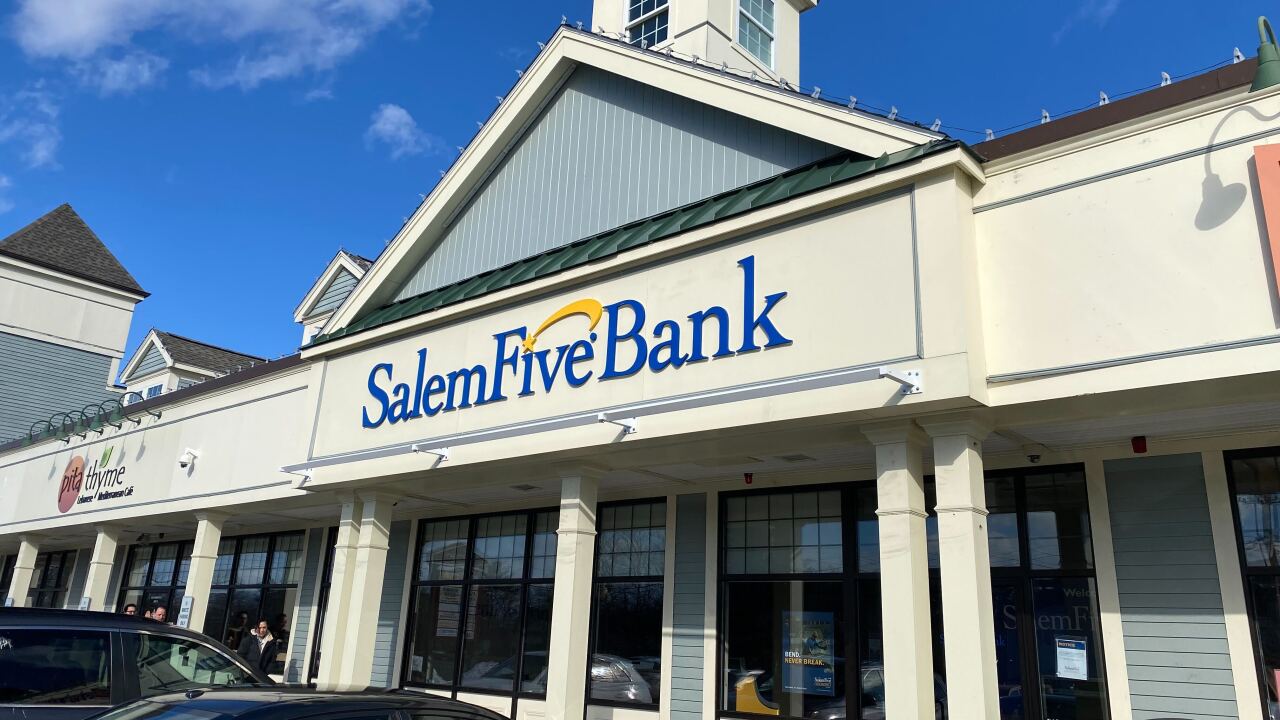Over the last nine months, as the three major credit bureaus have gradually rolled out free annual credit reports across the country as required by law, consumers have surprised them in several ways.
Customers have been ordering more of the reports online, rather than through the mail, than expected. The overall volume of orders was within the forecasted range, but it has been steadier than anticipated.
Also, it is not clear whether free reports are the cross-selling opportunity the bureaus hoped for. Sales of credit-monitoring services and other offerings have exceeded targets, but it is not clear how much of that was caused by the availability of free reports rather than the string of widely publicized data breaches. And consumers have bought fewer credit scores than the bureaus projected.
In any event, the bureaus say it is too soon to tell when some of the costs of the program, mandated by the Fair and Accurate Credit Transactions Act of 2003, will be recovered.
They would not disclose exactly how many reports they have provided, partly for fear of revealing to each other which bureau — if any — consumers are favoring. “It’s a competitive business,” said Colleen Martin, a spokeswoman for TransUnion LLC in Chicago. She said her bureau has so far provided reports “in the millions.”
The program was rolled out in four phases: in the West on Dec. 1, in the Midwest on March 1, in the South on June 1, and in the East on Sept. 1.
Peg Smith, the chief privacy officer at Experian Inc., said though spikes in activity were expected around each regional rollout, those spikes have been lower than expected, while the more constant volume of requests has been higher than expected.
Ms. Martin of TransUnion agreed. Though each rollout spike has been followed by a slower period of requests, those slowdowns have been less substantial each time, she said.
In addition, as the program has been rolled out in each region, activity spiked in the regions that already had access to the reports, the bureaus said.
A number of other factors have caused additional spikes, Ms. Martin said, including the spring homebuying season and the start of the new year, when consumers try to get their finances in order.
David Rubinger, a spokesman for Equifax Inc., agreed that there had been some unexpected spikes of activity.
For the bureaus, one of the most worrisome aspects of the FACT Act provision mandating free reports has been the cost associated with setting up the program.
To address those costs, each bureau is charging lenders a regulatory recovery fee. For Equifax and TransUnion, it is 11 cents per report ordered; Experian is billing its customers the greater of 8 cents a report or 8% of the client’s order. Ms. Smith said Experian picked that approach because “there has always been volume-tiered pricing” in the credit-reporting business.
All three bureaus say the costs incurred over the past year have generally met their expectations. Still, “we can’t forecast how much time it’s going to take us to catch up with the money we spent in 2004,” Ms. Smith said. “The fact that the cumulative volume is higher than we thought it would be” shows that there will be “a steady state of costs for the credit-reporting business.”
Mr. Rubinger of Equifax agreed that the costs of the program are permanent.
Visitors to annualcreditreport.com, a Web site run jointly by the three bureaus, are directed to the site of whichever bureau whose report they request, where they can buy additional products such as credit scores.
While cross-selling to consumers referred by the free-reports site has been “materially lower” than expected, Ms. Smith said, sales of consumer products through Experian’s site have skyrocketed. “How much of that increased activity is part of product changes, versus data breaches or FACTA, we don’t know.”
Many visitors to annualcreditreport.com do not buy credit scores, because “they’re coming into the site to get something free,” Ms. Smith said. She called this trend worrisome. “If they’re not buying the score, it’s more about getting something for free than it is about getting more information” about their credit histories, which would be in their best interest.
Ms. Martin said TransUnion has noticed “increased interest” in all its products, especially those that address identity theft.
All three bureaus cite the increased attention on identity theft and data protection since the ChoicePoint Inc. data breach was revealed in February as a reason their products have been in demand.
“The biggest surprise has been the data breaches,” Mr. Martin said. They have “had a significant impact on consumers wanting to understand their credit reports.”
Also, the bureaus say the surprisingly high number of consumers accessing their free reports online, rather than through the mail, has helped keep a lid on costs. Experian said 65% to 70% of its customers are ordering reports online, while Equifax said the figure is closer to 80%. Ms. Smith said Experian had expected only a third of its customers to use the online option.
The bureaus would not discuss the volume of disputes they have received since free reports became available. Experian said the online channel has generally not been as popular for submitting disputes as it has been for ordering reports. Customers are “requesting the report over the Internet but mailing in their disputes,” Ms. Smith said.
However, Ms. Martin of TransUnion said the option of submitting disputes online has been “very well received.”
So far, the bureaus say, they have managed the costs and logistics of the rollout relatively well, but they cannot predict how many reports will be ordered in the East, except to say it will be more than in the other regions.
“We think volumes in the Northeast will be higher than anywhere else,” Ms. Smith said.




